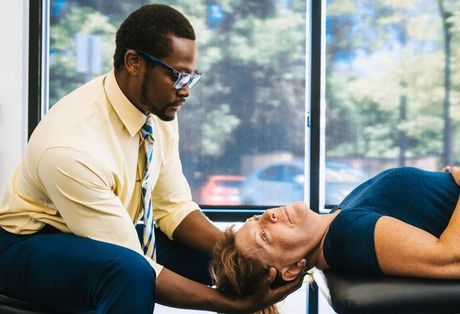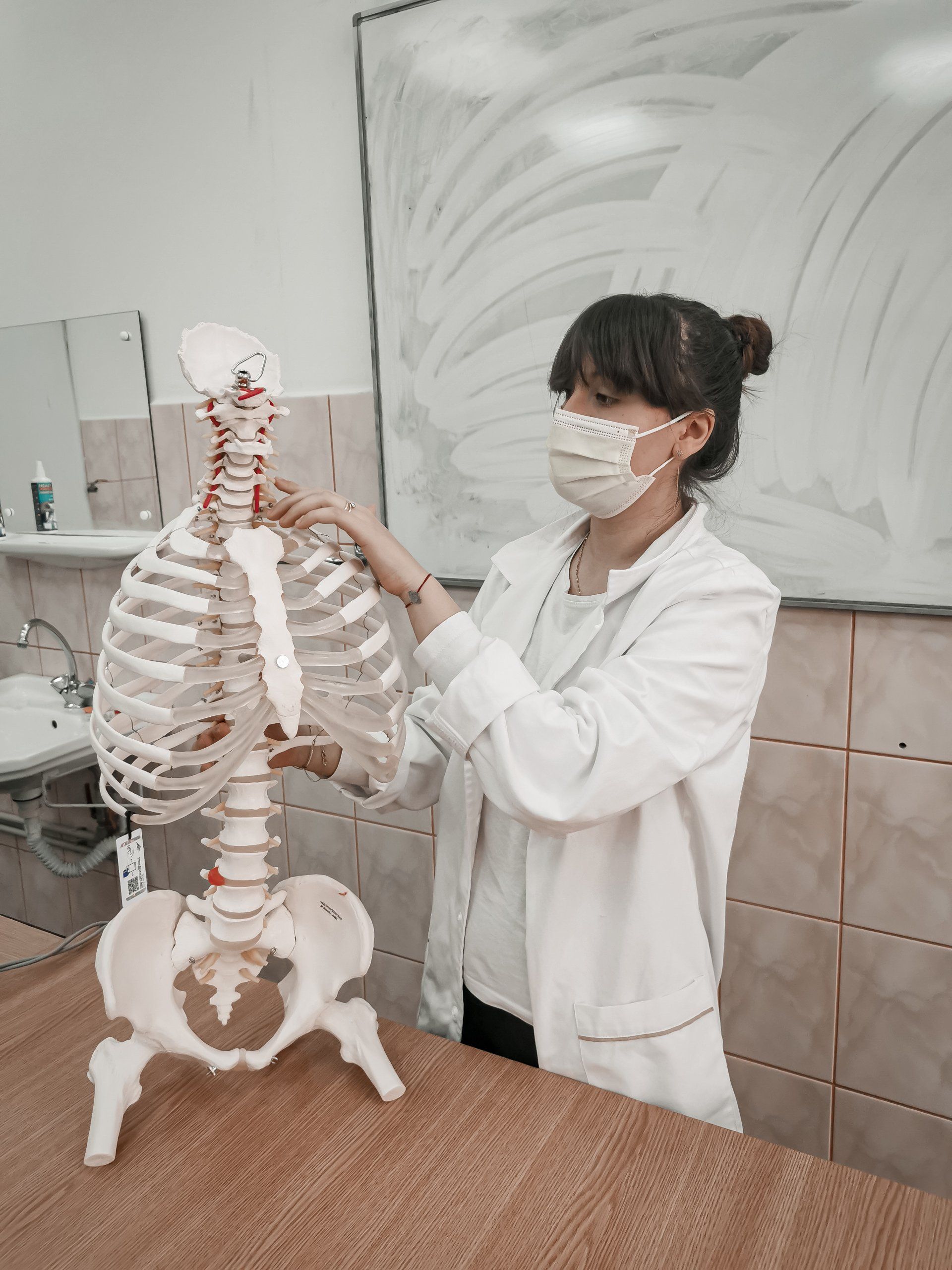Courses

Vestibular and Concussion Certification
Dive deep into the complexities of vestibular and concussion management with our specialized certification course designed for healthcare professionals. This course provides a thorough understanding of vestibular disorders and concussion rehabilitation techniques, blending current research with practical application. Participants will learn to assess and treat symptoms effectively, utilizing evidence-based approaches to enhance recovery and improve patient quality of life. Elevate your practice by gaining the skills and confidence to handle these challenging conditions with expertise.

Dry Needling
Enhance your therapeutic skills with our comprehensive dry needling class designed specifically for physical therapists. This hands-on course offers in-depth training on the latest dry needling techniques to effectively treat myofascial pain. Led by experienced instructors, the class covers essential safety protocols, anatomical considerations, and the practical application of dry needling to improve patient outcomes

Spinal Manipulation for the Manual Therapist
Expand your clinical expertise with our spinal manipulation course tailored for manual therapists. This advanced training module focuses on mastering the art of spinal manipulation to enhance patient care. Through detailed demonstrations and guided practice, you will learn precise techniques, safety measures, and the biomechanical principles of spinal adjustments. Equip yourself with the skills to deliver effective, evidence-based spinal manipulative therapy in your practice.
Advancing Your Clinical Skills



